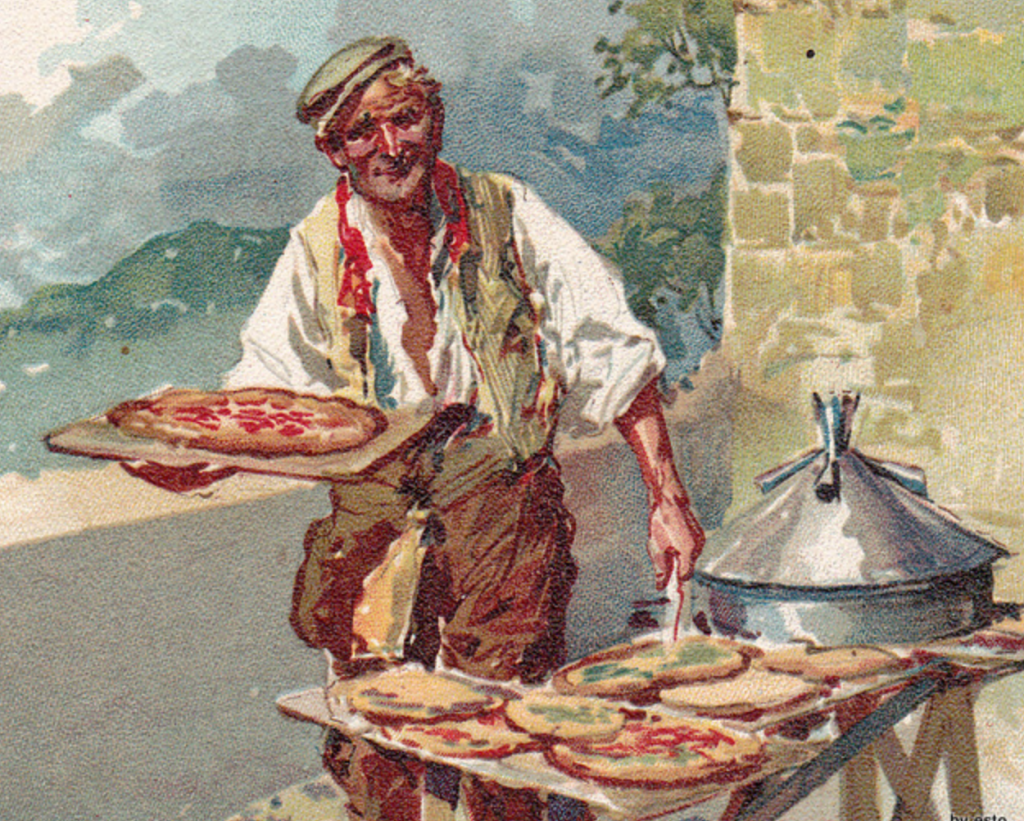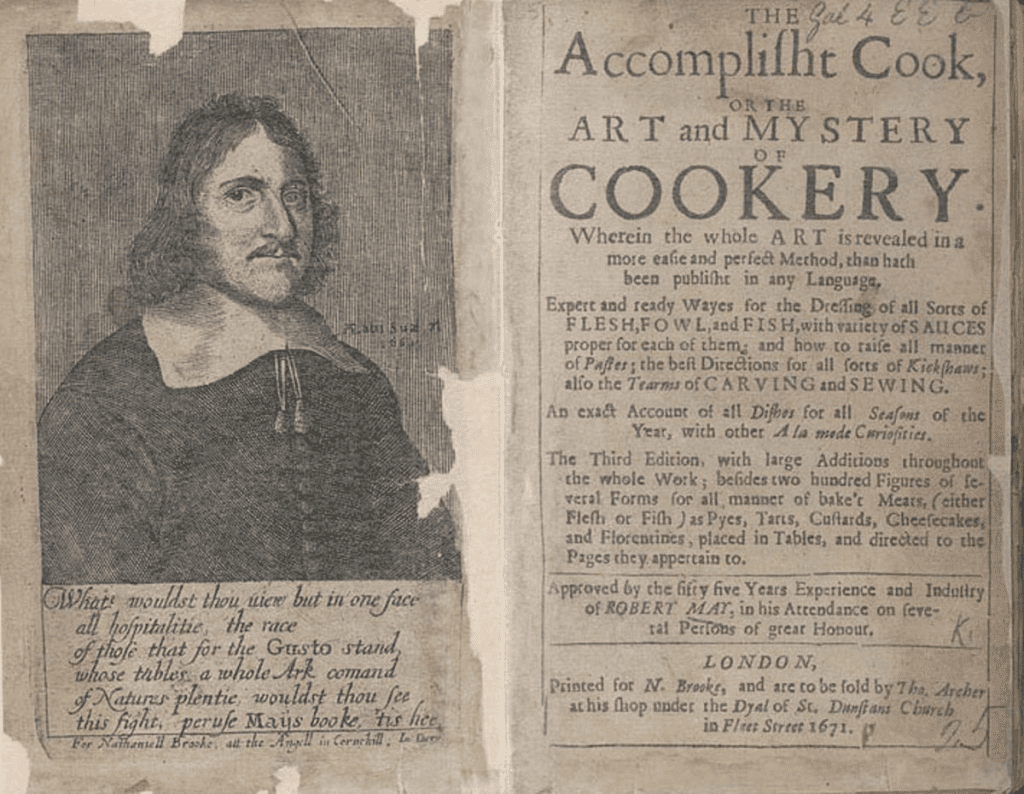A Look Back at Medieval Butchers and Their Culinary Craft
In the bustling markets of medieval Europe, the sight and sound of butchers at work was a daily rhythm of life. From as early as 976 AD, these meat masters were part of tightly regulated guilds that governed how animals were slaughtered, prepared, and sold. But their work wasn’t just about meat it was also about language, social class, and the inventive ways people used every part of the animal.

Butchers were respected craftsmen, and they had their own vocabulary. Words like “umbles” referred to the innards of deer, while “numbles” often described the organs of sheep and cattle. These weren’t just throwaway parts. In fact, they were at the heart of a dish that would one day inspire a common phrase in the English language: “eating humble pie.”
The Class Divide on a Plate
In a world where social rank dictated not just your place in society but also what was served on your plate, meat became a symbol of status. The nobility indulged in fine cuts loin, rib, and haunch often roasted and served with elaborate sauces. Meanwhile, peasants and lower classes had to make do with what remained. That meant using kidneys, hearts, lungs, and other offal to create filling dishes that wasted nothing.
Video: Humble Pie Q&A – Story Behind The Nam
Enter “umble pie.” This savory pie, made from seasoned animal innards, was a staple among the working class. The name came from the word “umbles,” and over time, “umble pie” was born. While it might not have been glamorous, it was hearty, resourceful, and deeply tied to survival.
Language and Evolution: From “Umbles” to “Humble”
The transformation from “umble” to “humble” is a fascinating tale of phonetics and class dynamics. In spoken English, especially in certain dialects, the “h” in “humble” was often silent. So “humble pie” and “umble pie” eventually became interchangeable in conversation.
But as literacy spread and language evolved, spelling caught up with pronunciation. What started as a dish for the poor slowly became a metaphor for humility. Today, when someone “eats humble pie,” they’re not being served leftovers they’re acknowledging a mistake or taking a blow to their pride.
The phrase survives because it captures something universal: the human experience of being wrong, admitting fault, and finding grace in humility. And like many great sayings, its roots are in the everyday life of ordinary people.

A Dish That Lives On in Spirit
Though umble pie has largely disappeared from modern menus, its culinary cousins still exist. Dishes like steak and kidney pie, haggis, or liver pâté echo that same nose-to-tail philosophy. They remind us that good cooking isn’t always about extravagance it’s about creativity, resourcefulness, and honoring the whole animal.
Chefs today are even revisiting offal-based dishes as part of the sustainable food movement. What was once seen as peasant food is being reclaimed as smart, eco-conscious cooking.
Video: Eating Humble Pie: A Historical Taste Test | Food History
Final Thoughts: From Tables to Idioms
What began in the corners of medieval butcher stalls traveled through kitchens and across generations to land in our modern vocabulary. The phrase “eating humble pie” may seem lighthearted today, but it carries a rich history behind it one of survival, social class, and the adaptability of language.
So the next time you hear someone say they had to eat humble pie, remember it’s not just a clever expression. It’s a story served up from centuries past, flavored with the resilience of the poor, the influence of the rich, and the enduring power of food to shape how we speak and think.



